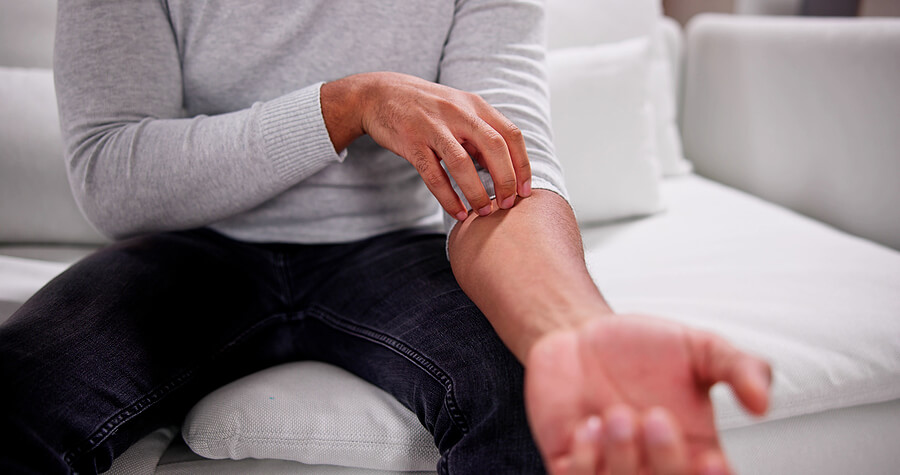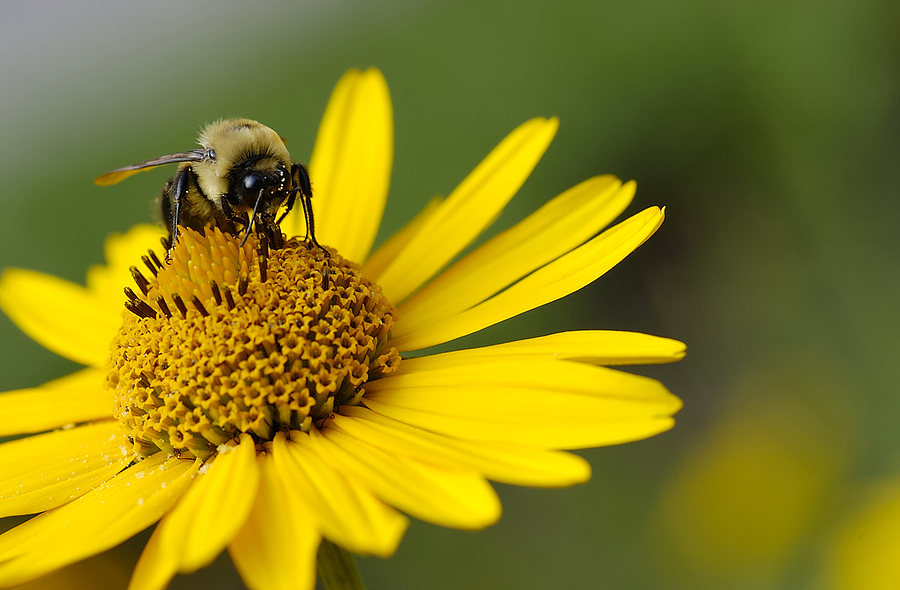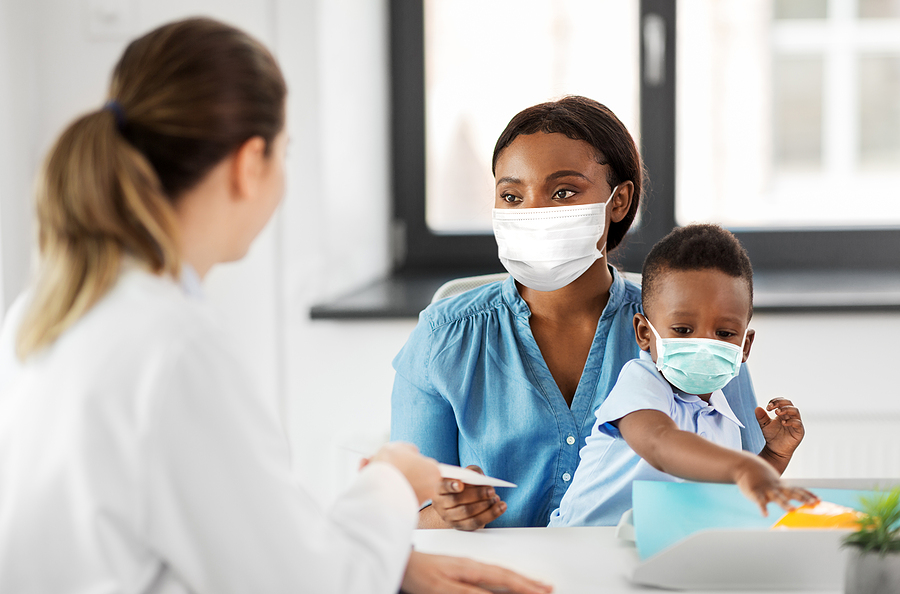Protecting Yourself From Bug Bites and Allergic Reactions This Spring
Posted By:SSG Admin Posted On:09-May-2024
San Diegans may not see the temperature extremes that people in northern climates experience, but it does warm up. That means insect activity increases and some of them can be downright annoying. Bites end up triggering allergic reactions in some that are uncomfortable, and for others, the bites can put their life at risk.
Hospitals and ERs around the nation report that an average of 72 deaths occur each year from allergic reactions to insect stings and bites. As many as 5% of Americans have a life-threatening allergic reaction. Prevention is key to avoiding this risk, but it’s impossible to prevent every sting. Knowing how to respond to a sting or bite is equally important.
Insects in San Diego That Can Trigger Allergic Reactions
What insects in San Diego can trigger allergic reactions? These are some of the most common?
Ants
Three ants can cause painful stings. These three ant species have been found in San Diego:
- Red Harvester Ants
- Southern Fire Ants
- Red Imported Fire Ants
If you have them in your yard, diatomaceous earth can help kill their populations.
Fleas
Fleas come in on mice and pets. They multiply like crazy and lead to itchy bites. If you have a flea problem in your home, it can be hard to eradicate these tiny bugs, but with persistence it’s possible. One of the best ways is to quarantine your animals in a room like a bathroom and bathe them in blue Dawn dish soap to smother the fleas. When you rinse them off, use a flea comb to pick off stragglers.
While the animals are quarantined, vacuum everywhere. Keep vacuuming a few times a day to get hatching fleas. You may want to bring in a professional exterminator for a bad flea outbreak.
As fleas carry diseases like Bubonic plague and flea-borne typhus, it’s important to avoid getting bitten. Watch for symptoms like fever, headaches, muscle and joint pain, and tiredness. Seek medical care if you suspect you may be ill. Antibiotics are essential.
Mosquitoes
This is the insect that will bother you the most in the spring. They’re typically more active at dawn and dusk, but they can be annoying all day. An insect repellent is the best defense against their itchy bites. Plus, mosquitoes can transmit diseases like Yellow Fever and West Nile Virus, so it’s best to avoid their bite.
Scorpions
A scorpion sting can be very painful and last for up to 24 hours. You might experience nausea and vomiting or more severe symptoms like vision problems and breathing issues. Seek medical attention if severe symptoms occur. Otherwise, use antihistamines and ice packs to deal with the symptoms.
Ticks
Ticks are a problem throughout the U.S. Diseases like Lyme disease, Rocky Mountain Spotted Fever, and Tularemia can be transmitted through a bite. If you are bitten, remove the tick fully. With some diseases, getting them off you within 24 hours is the best way to avoid contracting a disease.
As your dog or an outside cat can carry ticks into your home, always be on alert. Tweezers can often lead to the burrowed head detaching within your skin. Invest in the small plastic tick remover tool and remove ticks with ease and without leaving their head in your skin.
Wasps and Hornets
Wasps and hornets are found in every state. They include yellow jackets, paper wasps, bald-faced hornets, and many other varieties. Generally, the stings are painful and will lead to swelling, but ice helps ease the discomfort and it doesn’t last too long.
What Are the Common Allergy Symptoms?
The most dangerous symptom is anaphylaxis. The allergic reaction is so severe that the airways can close up and the body can go into shock. If this is happening, use an EpiPen (epinephrine) if available, and get to the hospital. It’s more common for people to experience these symptoms.
- Hives
- Itching
- Redness
- Swelling
- Pain
What To Do If You’re Bitten or Stung
Ideally, you want to avoid a bite or sting. If you’re outside, wear shoes. Don’t walk barefoot in the grass, and avoid open-toed sandals where insects can easily bite or sting your toes.
During a picnic or backyard meal, don’t drink from a can as insects can crawl inside when you’re not looking. If you bring beverages, use a bottle and keep the cap on. Cover food plates when people are eating. Better, put foods back in the cooler to keep wasps and hornets from being attracted, especially to sugary items.
If you’re stung by a fire ant, the stings may be red and swollen to start. A fire ant sting will blister within four hours and may look like a pimple within a day. Don’t try to drain them. Apply an antibacterial cream and cover the blisters to avoid opening them. Topical corticosteroid ointments can help alleviate the discomfort.
If you’re out hiking, wear hiking shoes and long pants. Light-colored pants are ideal, and tuck your pant cuffs into the socks. If ticks get on you, it’s easy to spot them crawling up your legs. Remove them. An insect repellant with DEET helps keep ticks and biting flies away.
Minor allergic reactions don’t usually require medical attention. For most, washing the bite or sting and applying ice and an antihistamine cream is enough. If a bite or sting makes you feel dizzy or makes it hard to breathe, urgent medical attention is needed and a dose of epinephrine can save your life. Tell others if you are allergic to bee stings.
If you have an itchy mosquito bite, keep the bump clean and apply ice and an itch-relieving cream until it becomes less bothersome. As mosquitoes can carry diseases like Chikungunya, dengue, Malaria, and West Nile Virus, watch for a headache, fever, and chills. Seek medical attention if you start noticing them up to two weeks after the bite.
Pay attention to the bite to see if it progresses normally or not. If you’re stung by a honey bee, scrape out the stinger using a fingernail or something like a credit card that has a firm edge. Avoid squeezing the sac as that will release more venom from the sac.
Swelling and pain are common after a bee sting, and ice will help a lot. Wasp and hornet stings are also painful and swell up. If you notice the area where you were stung feels numb or tingly, seek medical attention as a precaution.
Additional Tips
Keep mosquitoes from breeding around your home. Standing water in buckets, plant saucers, ponds, and fountains can all attract mosquitoes and provide the perfect spot for laying eggs. If you have gutters, they can also lay their eggs in any wet leaves that have collected.
Look into the San Diego Vector Control Program’s offer for free mosquitofish to put in your backyard ponds, fountains, and pools. The fish eat mosquito larvae to help reduce the number of hatching mosquitoes. You can also use a mosquito larvicide.
Keep bites clean. Wash a bite with soap and water as soon as you can and apply an ice pack to keep swelling down. If you feel that the reaction to the bite or sting is more severe than what happens in other people, seek an allergist for specialized treatments to help with the allergic reaction.
Sometimes, antihistamines are enough, but allergy shots and venom immunotherapy could help ease bothersome allergic reactions. If you swell up more than usual after a mosquito or flea bite, allergy shots could help ease the more severe reaction.





